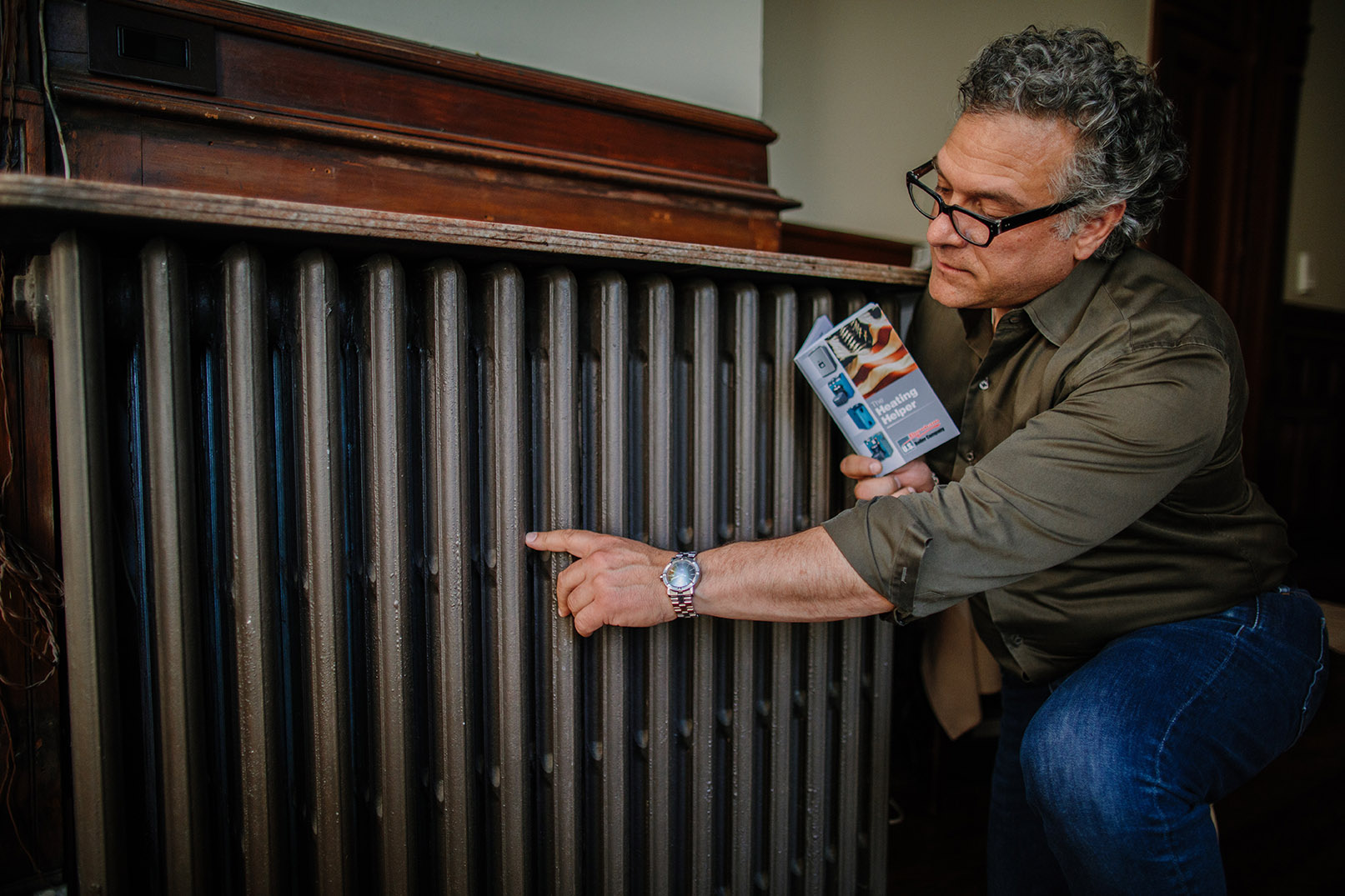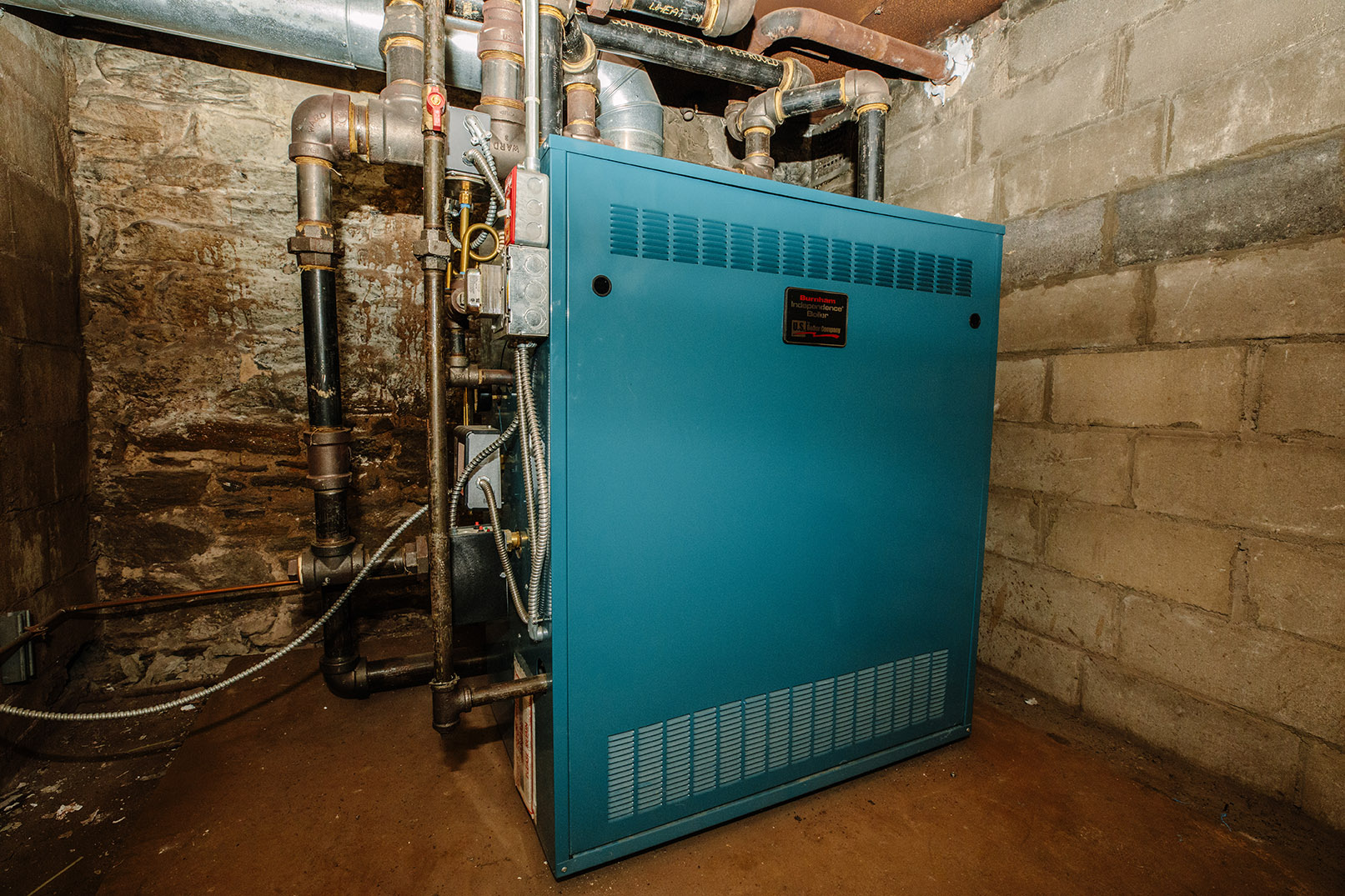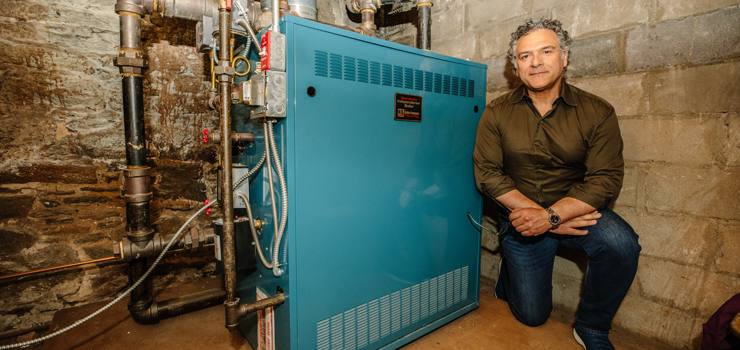It was 1976 on Staten Island, NY. John Cataneo Jr. was seven years old and his brother David was 11, and they were in the basement of their home learning to thread pipe. Their father had recently left the plumber’s union to found his own plumbing company, Gateway Plumbing & Heating.
John Cataneo Sr. named the company after the Gateway National Recreation Area, just across the bay. By the age of 10, John Jr. knew all his fittings by name, and was actually more help than hindrance while Sr. loaded his service van.
Fast forward to the late ‘90s, when David and John Jr. took over the company with a focus on residential plumbing and heating in Manhattan and Brooklyn. Today, they serve New Jersey as well, and have added a large amount of commercial work to their services. The company’s reputation for quality has grown along with the firm.
“The addition of commercial work was a big change, mostly from a cash flow standpoint,” said Cataneo. “Paychecks are spread out, but it’s good work once you adapt to it. Today, half our work is commercial.”
Gateway’s biggest challenge is not finding work or recruiting and keeping employees. According to Cataneo, the biggest headwind for any service contractor in The Big Apple is getting compensated for your time.
“Our guys are paid for eight hours, but on any average day performing service work in Manhattan, we only get about 4.5 hours billable,” explained Cataneo. “That money has to come from somewhere, and it’s built into the project. That’s why we give a bid price instead of quoting hours. Some customers still ask about hourly rates. When they do, we explain, and they typically understand. That’s just life in the city.”
However, billable hours are not the only thing that complicates work in NYC. Parking, or lack thereof, can be a challenge for many urban contractors. Gateway is written between $2,000 and $3,000 worth of parking tickets each month. They hire a service that negotiates the fees with authorities, because many parking fines don’t actually apply to commercial vehicles.
“After it’s all said and done, we pay about $1,000 per month for parking tickets,” said Cataneo. “You don’t get towed unless you’re in a bus lane or in front of a fire hydrant. So at least we have that going for us.”
Hydronic heating projects make up roughly 30% of Gateway’s work. Boiler replacements are big business. As often as not, Gateway trucks are parked in front of a historic brownstone, which occupy much of the city’s affluent neighborhoods. Here, steam is prevalent.
Rows of Brownstones
Typically, brownstones are tall, narrow buildings with large windows, high ceilings, and a variety of smaller rooms to heat. Sometimes they will have a daylight basement, or “Garden Level.” From time to time, the four floors may be separated into a variety of apartments. As we all know, steam systems aren’t easy to zone.

Above: Brownstones in NYC, like this one, are typically worth several million dollars and are often heated by old steam systems.
So the first thing Cataneo does when entering a typical brownstone is to ask how even the heat is while looking over the existing radiation. After all, the new steam boiler needs to be sized according to the connected load, not the heat load of the building.
Before selecting a boiler, he performs an equivalent direct radiation (EDR) calculation to determine how much steam capacity is needed.
“I use the U.S. Boiler Heating Helper as a reference, move throughout the home, and add everything up,” said Cataneo. “Once I know the amount of radiation, any proposed radiation changes, and how well the existing system heats, I can move forward with a bid.”

Above: Cataneo counts radiator sections and uses the U.S. Boiler Heating Helper to perform an EDR calculation while determining the existing connected load of a hydronic system.
There are only three main manufacturers in the residential, gas-fired steam boiler arena, and Cataneo prefers to use the U.S. Boiler Independence. The Independence is available in chimney or power vented configurations and in 10 sizes between 62 and 382 MBH.
“The Independence is a lot like the U.S. Boiler Series 2 in that they work, plain and simple,” said Cataneo. “But from an installation standpoint, the Independence has the tappings for the aquastat and indirect tank in the correct place. The chimney vented model also has a low profile rear draft hood, which often makes all the difference in boiler rooms with low ceilings.”
Referral driven
Gateway installs 30 to 40 boilers each year, and the bulk of those jobs come from one referral-driven business. A recent Independence install came by word of mouth, when the owner of a large, meticulously restored Brownstone in Park Slope got Gateway’s number from the neighbor.
Gateway pulled out an old oil steamer and installed an eight-section U.S. Boiler Independence. The new boiler got a drop header, too.

Above: The basement of a Brownstone with a newly installed Independence steam boiler.
“You see surprisingly few old drop headers in this part of the city, for whatever reason,” Cataneo explained to the homeowner, who had done some research beforehand. “Sure, drop headers are best when there’s a lack of overhead space. But the bigger advantage is drier steam under any installation conditions, regardless of ceiling height. Dry steam is efficient steam.”
The most challenging aspect of the job was getting the new boiler down the steep, narrow stairs. Gateway refers a demo and removal contractor for the old boiler, and for chimney lining. After the job was complete, Cataneo set a date to come back and speak with the owner about how the system was performing, skim the boiler, and replace the old air vents with new fixed vents. All said and done, the job took three days.
“We like to let a new steam boiler run for a week or two before touching it again,” he said. “This allows all the oil from the pipe and boiler manufacturing process to rise to the water line for removal. It also allows us to check on the balancing. Every steam boiler heats differently, and it’s not uncommon that the balancing might need a tweak. So we give the building occupant some time to experience the new system. Balancing right away is usually a waste of time.”
In Gateway’s world, where moderately sized homes can cost upwards of $5 Million, efficiency is often not the homeowner’s primary concern. It’s comfort they’re looking for. After a balancing adjustment, the owner of the brownstone was very happy with her comfort level, and has given Gateway’s contact info out to a number of other customers.
In New York City, with all the headwinds that the metro can throw at a contractor, that referral is as good as gold.

